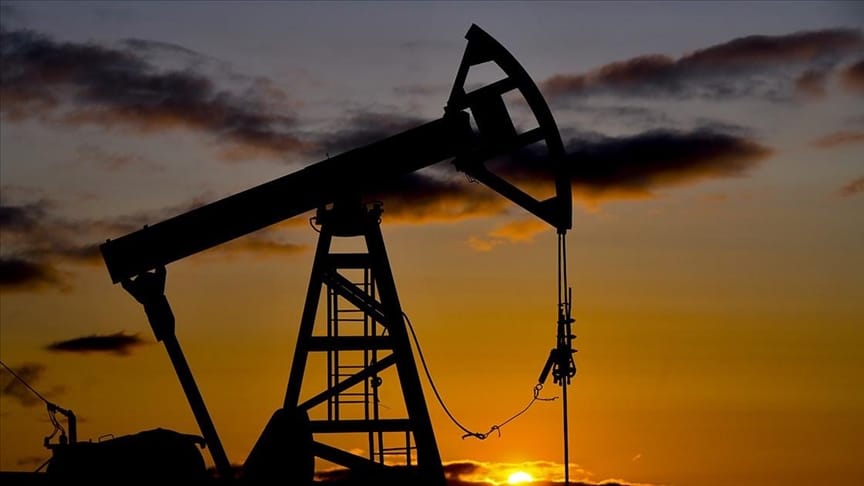Introduction:
For decades, the Middle East has been synonymous with oil production, serving as the backbone of the global energy industry. The region's vast reserves have fueled economic growth and geopolitical dynamics. However, as the world transitions towards renewable energy sources and adopts more sustainable practices, the future of oil in the Middle East is facing unprecedented challenges. In this article, we will explore the evolving landscape of the oil industry in the Middle East and the strategies being employed to adapt to a changing energy paradigm.
Diversification Efforts:
Recognizing the need to reduce dependency on oil, Middle Eastern nations have initiated ambitious diversification efforts. Countries such as Saudi Arabia, the United Arab Emirates, and Qatar are investing heavily in non-oil sectors, including renewable energy, technology, tourism, and manufacturing. By diversifying their economies, these nations aim to mitigate the potential risks associated with declining oil demand and foster sustainable growth in the long term.
Sustainable Development:
In recent years, the concept of sustainable development has gained significant traction globally, and the Middle East is no exception. Recognizing the environmental impact of oil extraction and combustion, countries in the region are taking measures to reduce carbon emissions and promote sustainable practices. The United Arab Emirates, for instance, has launched the "Clean Energy Strategy 2050," aiming to increase the contribution of clean energy to its total energy mix and significantly reduce carbon footprint.
Renewable Energy Investments:
The Middle East boasts exceptional potential for renewable energy generation, particularly solar and wind power. Governments in the region are actively promoting the development of renewable energy projects and implementing supportive policies and incentives. For example, Saudi Arabia's Vision 2030 includes plans to develop 58.7 gigawatts of renewable energy capacity by 2030. These investments not only contribute to the global shift towards clean energy but also allow Middle Eastern countries to harness their natural resources diversely.
Enhanced Oil Recovery and Technological Innovation:
As global demand for oil gradually declines, Middle Eastern nations are focusing on optimizing their existing reserves through enhanced oil recovery (EOR) techniques. Advanced technologies such as carbon capture, utilization, and storage (CCUS) and advanced drilling methods are being employed to maximize production efficiency and extend the lifespan of oil fields. By investing in research and development, Middle Eastern countries are striving to remain competitive in a changing energy landscape.
Geopolitical Implications:
The future of oil in the Middle East cannot be discussed without considering its geopolitical implications. As traditional oil-importing countries seek to reduce their reliance on Middle Eastern oil, the balance of power and influence in the region may shift. Middle Eastern nations are well aware of this potential disruption and are proactively working to adapt their strategies and strengthen diplomatic ties with emerging markets and regions. These efforts are aimed at maintaining stability and diversifying their customer base for oil exports.
Conclusion:
The future of oil in the Middle East is undoubtedly undergoing a transformative phase. As global energy dynamics shift towards sustainability and renewable sources, Middle Eastern nations are actively pursuing diversification, sustainable development, and technological innovation. By investing in renewable energy, optimizing oil extraction, and adapting to changing geopolitical landscapes, these countries are positioning themselves for a future beyond oil. While challenges lie ahead, the Middle East has the potential to leverage its resources, geographical advantages, and economic capabilities to embrace a more diversified and sustainable future.






